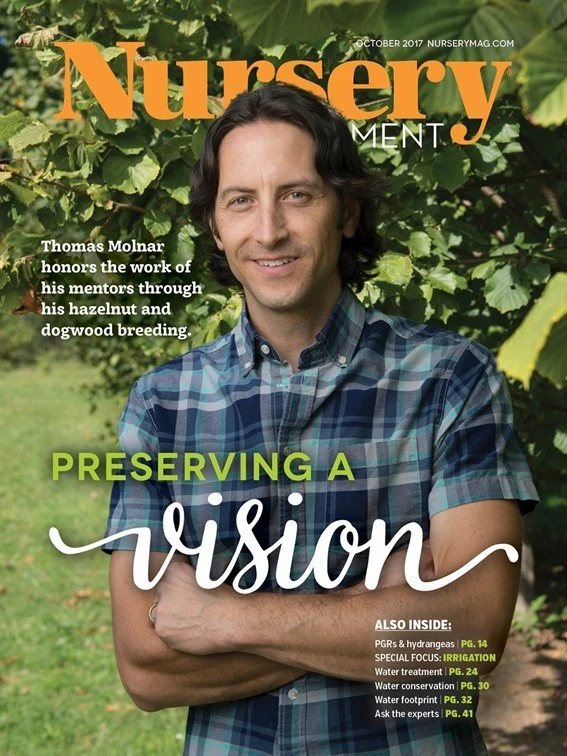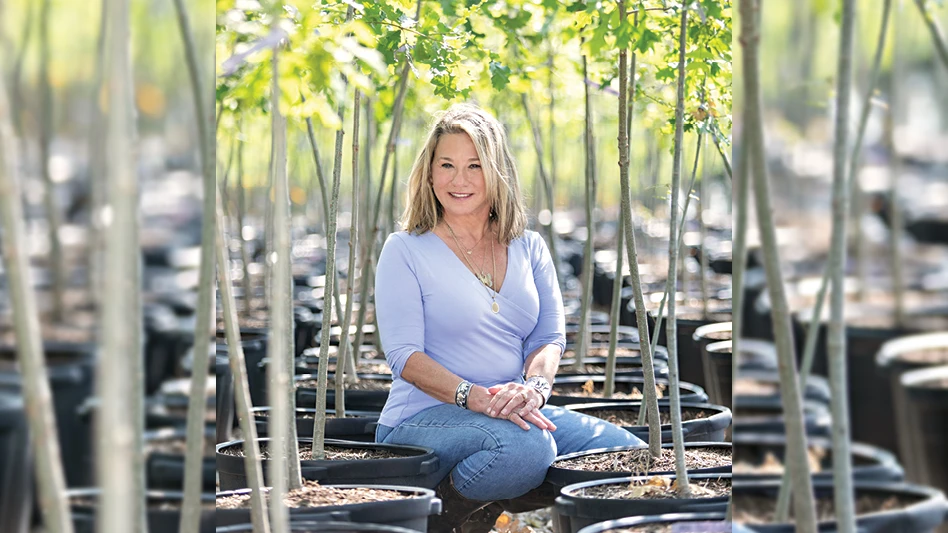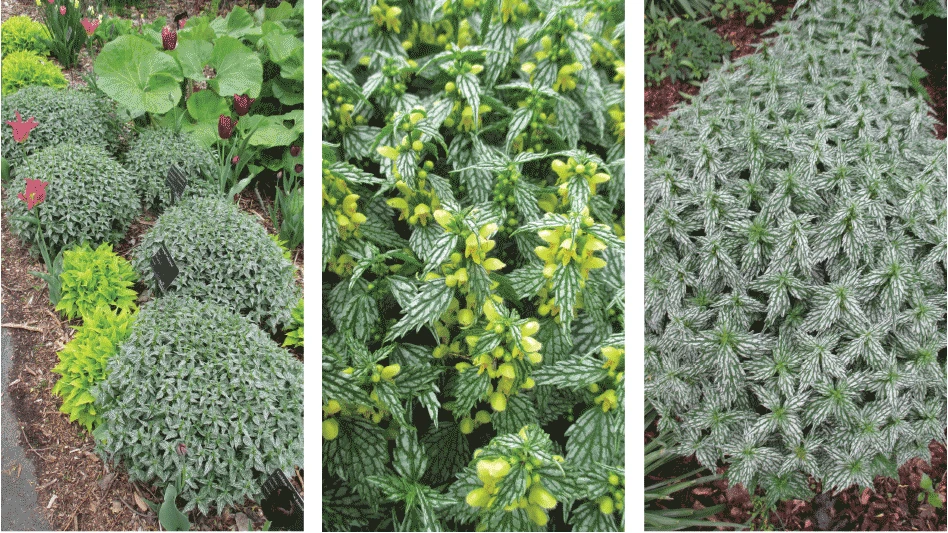
“Myco” – “
Mycorrhizal fungi colonize plant roots, expand into the surrounding soil and greatly increase the root’s ability to absorb water and
We spoke with Hugh A. Poole, a horticultural technical consultant for Mycorrhizal Applications, an Oregon-based company that develops and manufactures mycorrhizal products for horticulture, agriculture,
1 | What are mycorrhizal fungi?
Mycorrhizal fungi are beneficial symbiotic soil organisms. They’ve been around for 400 million years in a symbiotic relationship to plants for that entire time. The horticultural industry is just now grasping the whole world of biologicals, not just mycorrhizae but Trichoderma and
2 | Why should nursery growers consider mycorrhizal inoculants?
One reason is the industry has become more conscious of water management. Mycorrhizae
It also helps plants survive stressful conditions. When growers are putting their plants on a shelf at any of the big box stores, plants that have a mycorrhizal relationship will be slower to wilt and will recover from wilt faster than those that do not. When Mycorrhizal plants go into the landscape, the symbiosis is self-perpetuating. These inoculated plants will root and establish faster because of the symbiotic relationship with mycorrhizae.
3 | How do mycorrhizal fungi work with plants?
Mycorrhizae are basically an extension of the root system. If you’ve got a good root system, then you’ve got a healthy plant. Mycorrhizae
The mycelia will absorb water and nutrients, and break down nutrients in a fixed form, like oxides or inorganic matter, and make these nutrients available to the plants.
The nutrients that are most critical in plant production are water, nitrogen, and phosphorus. These three provide about 90 percent of the value to the plant. In exchange for these resources, the plant provides carbohydrates to the fungi. The fungus does not have any chlorophyll so it’s totally dependent on the plant for its food supply. And the plant, because it’s photosynthesizing, has an excess of carbohydrates for the fungi to utilize for its growth.
Endomycorrhizal fungi have a relationship with 80-85 percent of plants species known on earth. Ectomycorrhizal fungi have a relationship with another 10 percent or so. Fortunately for us, many weed species do not have mycorrhizal relationships. So adding mycorrhizae can help support the commercial crops, and help them out-compete the weeds for soil resources.
4 | What types of mycorrhizal fungi work best in the nursery?
In professional nurseries and greenhouses, the most commonly used inoculants are MycoApply Endo, which is a granular formulation, and MycoApply Ultrafine Endo, which is a soluble powder. Both of these products contain an optimized consortium of four endomycorrhizal species, for the diverse benefits that each species offers. The granular product is ideal for incorporation into the soil, as the granular consistency blends evenly with growing media and soils. The ultra-fine powder can be suspended in water, but it can also be incorporated into a soil mix. Ultrafine Endo can be put into a water suspension and applied as a drench to the plants, or used as a plug tray dip. It can also be used in a slurry or a dry powder to treat rooted cuttings or plugs in a quick dip, or in a solution to carry it on. Growers just need to make sure there is good contact between the propagules and the actively-growing roots.
If you topdress, be sure to water it in well so you move the spores down into the root zone where you have actively

Explore the October 2017 Issue
Check out more from this issue and find your next story to read.
Latest from Nursery Management
- New book explores plants that thrive in Rocky Mountains
- American Floral Endowment establishes Herman Meinders Memorial Tribute
- These companies are utilizing plastic alternatives to reduce horticultural waste
- NewGen Boxwood added to Proven Winners ColorChoice line
- Terra Nova releases new echinacea variety, 'Fringe Festival'
- American Horticultural Society names winners of 2025 AHS Book Awards
- Nufarm announces unified brand
- American Horticultural Society announces winners of 2025 Great American Gardeners Awards






